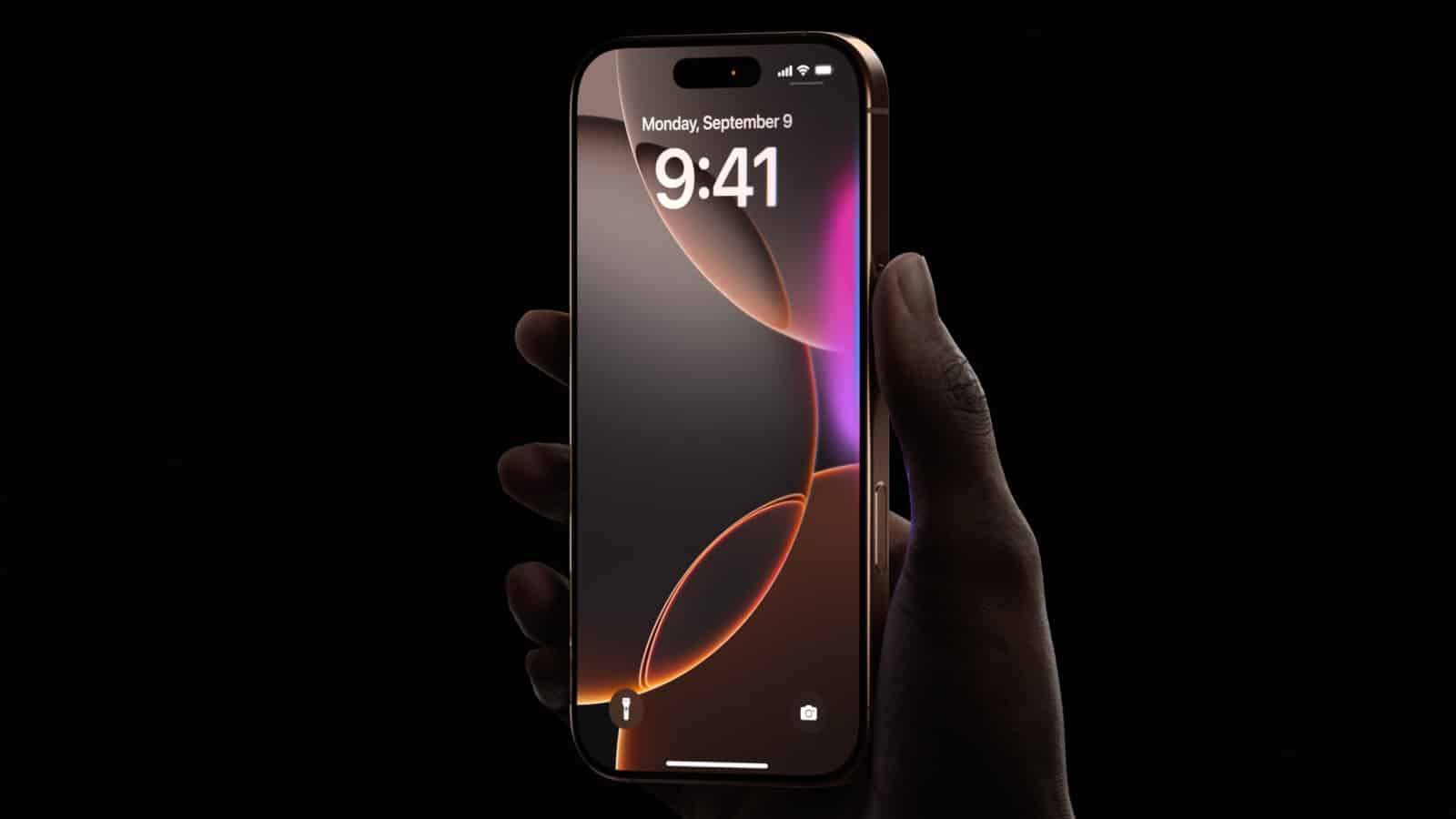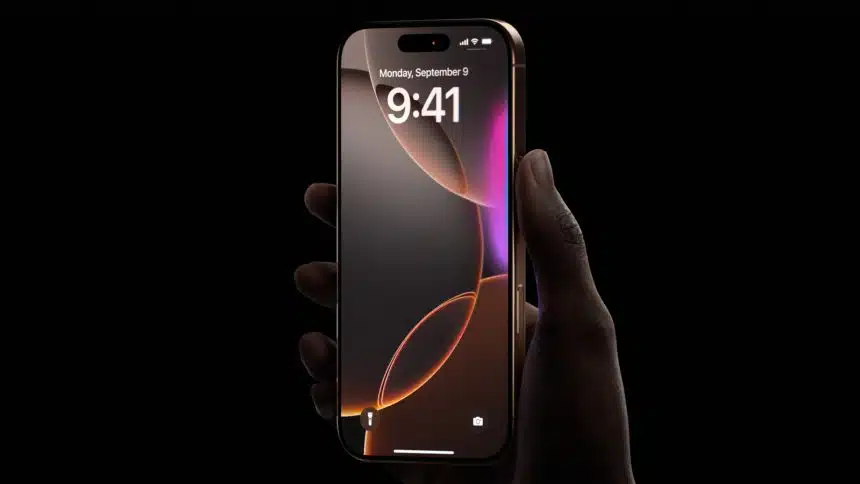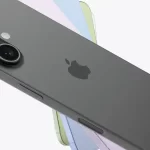Apple has offered a rare look inside its testing facilities to show how it builds durable products like the iPhone, iPad, and AirPods. The goal is to assure users that each device is tested rigorously to balance durability, repairability, and sleek design.
In a bid to counter viral “destruction test” videos, Apple invited respected YouTubers and researchers like Counterpoint Research to observe its internal durability tests. These include simulations of water damage, extreme heat and cold, UV exposure, dust infiltration, and drop tests on surfaces like granite and asphalt.

Robots, Salt, and Sand: Testing the Limits
During the tour, guests witnessed robots dropping devices from multiple angles and machines simulating wear from USB-C insertion. Apple also ran salt exposure tests for up to 100 hours, and exposed devices to Arizona desert dust to see how sand affects speaker and port performance.
AirPods underwent unique tests that even replicated sweat and earwax. Apple said that dropping remains one of the top causes of damage, and encourages case use for protection.
Balancing Strength and Repair
Apple admits that highly durable designs may make some devices harder to repair. However, it aims to find a middle ground. In fact, more than 60% of iPhones remain fully functional after years of use.
A study by Consumer Intelligence Research Partners showed that only 6% of users reported their phones became completely unusable. Most devices either had minor scratches or still worked with cracked glass.
Strong Resale Value and Longevity
According to Counterpoint Research, iPhones retain 40% more value than Android devices in the secondhand market. This is largely due to their high durability and Apple’s promise of five years of software and security updates.
With over 200 testing labs worldwide, Apple continues to push the limits of quality control—ensuring its devices last longer, hold value, and enter second or even third lives in new hands.












